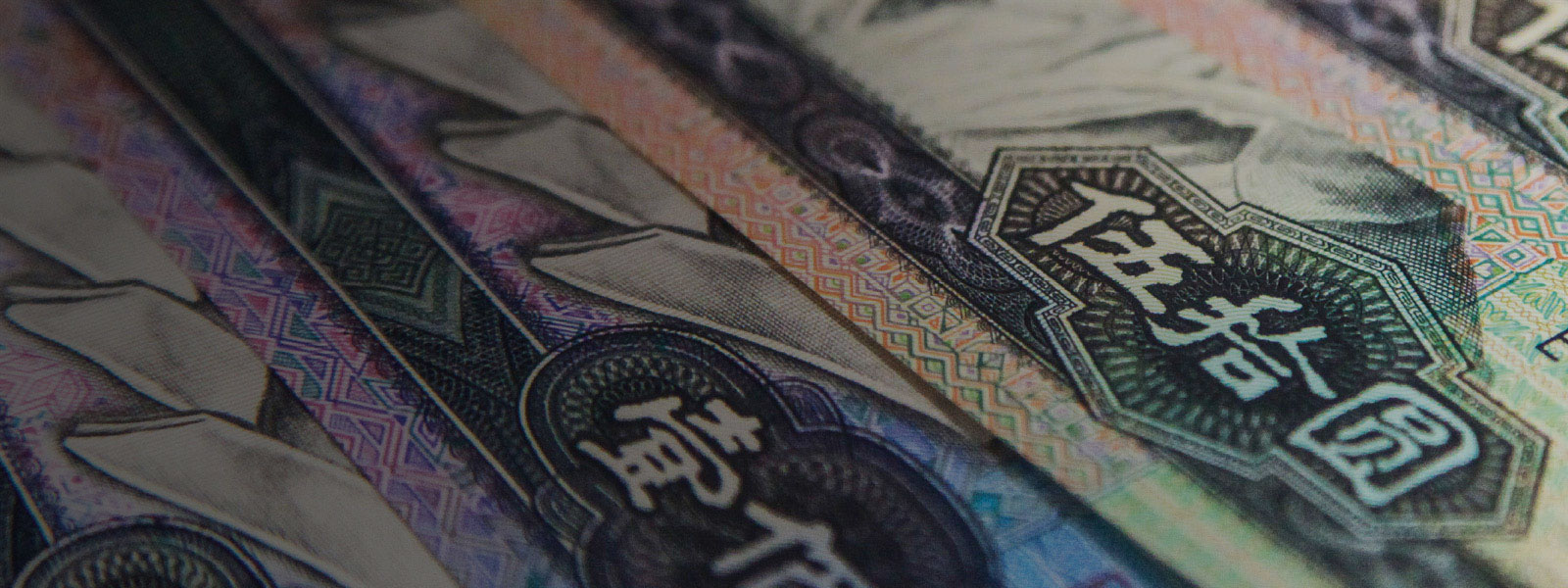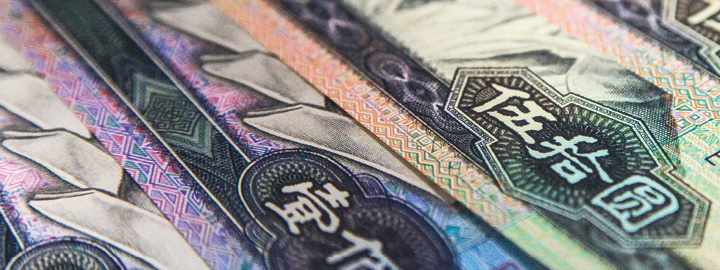

To help guide Taiwanese businesses and financial institutions, here are highlights of financing trends we are observing these days in the Asia-Pacific region.
Record new fundraising by private equity firms for use in Asia means PE's war chest is full.
Impact of geopolitical risks on dealmaking
The US administration's protectionist foreign policies continue to drive most of the current geopolitical risks that are beginning to have a serious impact on the type and level of Asia-sourced deals. Coupled with China's countering foreign and domestic policies—such as the "One Belt One Road" initiatives, domestic state-owned enterprise (SOE) reforms and capital and outbound investment controls—in the last 18 months, they are dramatically reducing the number of Chinese companies' completed outbound investments and M&A transactions in the US, while deal activities in Europe and within Asia have increased year-on-year. For China, state actors, such as SOE banks, and established private sector companies are both redirecting their financings and investments towards these initiatives. For offshore financiers, this has yielded more opportunities for offshore financings of Chinese companies in jurisdictions that are less affected by these geopolitical challenges.
China-related inbound capital-raising
In the past 18 months, Chinese onshore credit tightening has resulted in an active market for raising offshore debt. For large, Chinese, privately-owned enterprises and SOEs, many of these transactions are done by way of a keepwell deed or outbound State Administration of Foreign Exchange (SAFE)-registered guarantees. Anecdotally, the challenges we had seen in registering outbound guarantees with SAFE when the Chinese central government clamped down on outbound capital flows seem to have abated.
The Hong Kong Stock Exchange's (HKSE) reform of dual-class share capital—allowing new technology and other innovative companies to have weighted voting rights—and providing a regime for pre-revenue biotechnology companies to raise equity capital on the HKSE have generated pre-IPO investment activity in those sectors, in the form of both equity and convertible debt. It is no coincidence that the sectors that have generated the most event-driven capital-raising activity include the internet, smart manufacturing, environment protection and bio, healthcare and pharmaceutical sectors. However, this observation is made with the caveat that the capital raised is not exclusively for onshore uses and, in fact, using such proceeds seems to be encouraged.
We are seeing a significantly high level of deals in North Asia being funded by alternative capital providers, such as private credit funds and asset management companies.
Private equity-sponsored deals
Record new fundraising by private equity firms for use in Asia means that private equity's war chest is full.
PE continues to be a staple of merger and acquisition activity in Asia. There is a lot of focus on Japan and Southeast Asia (in particular, India), while Australia continues to be active. Australia is the jurisdiction where we have seen the most aggressive debt capital-raising and leveraged buyout (LBO) structures; it is where the use of unitranche financing arrived in Asia.
We expect to continue to see aggressive terms for LBOs, especially for top-tier PE funds. In addition, many large PE houses are deploying their capital by way of both debt and equity, creating a more liquid mezzanine capital market for LBOs. There is no shortage of liquidity, as US and European investors look to Asia for yield. If a deal has some US or European angle, and/or there is a strong credit story, attracting capital from the US and/or Europe with increasingly flexible terms will soon be a mainstay in Asia.
Large Chinese PE houses are also in the mix. Their access to the Chinese trade players often gives them a leg up in deals where there could be a China play and provides a competitive advantage.
Rise of alternative capital providers
We are seeing a significantly high level of deals in North Asia being funded by alternative capital providers, such as private credit funds and asset management companies. We attribute this to two main factors:
- China's deleveraging exercise and Chinese bank liquidity’s flight to safer credits
- Increasing special situation transactions starting from the second half of 2017
Following record levels of corporate debt fundraising in the past three years, a significant amount of corporate debt will become due for refinancing in the second half of 2018 in North Asia, particularly China. And we are already seeing signs of alternative capital providers aggressively pursuing anticipated distress deals with creative and tailored financial solutions where underlying assets and businesses remain sound.
We expect alternative capital providers will become an established mainstream source of funding for mid-market businesses in Asia.
FULL MAGAZINE Taiwan: Navigating regulatory and deal risks in a rapidly shifting landscape
This publication is provided for your convenience and does not constitute legal advice. This publication is protected by copyright.
© 2018 White & Case LLP

Contacts
Services





